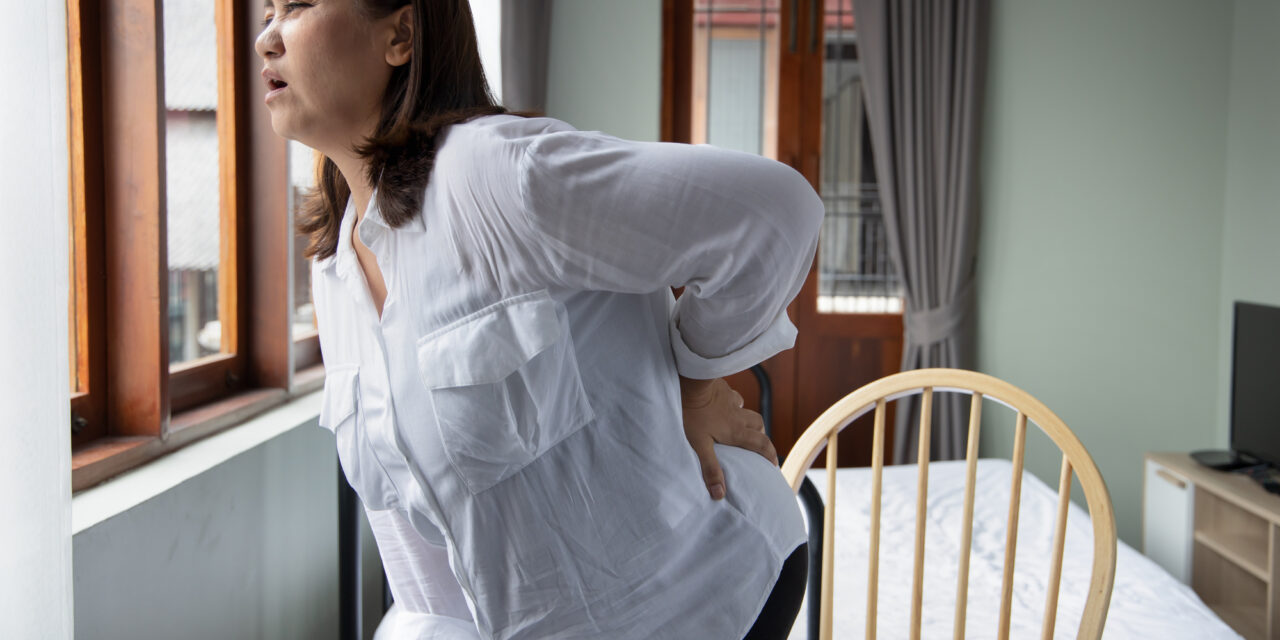By Annette Pinder
Pain is an enormous local and global problem. About one in five adults suffer from some type of pain, and 10% are newly diagnosed yearly. There isn’t a day that goes by when we don’t hear about pain, methods for relieving pain, and dangers associated with addiction to pain medications.
There are many different types and causes for pain. Prevalent causes are cancer, osteo- and rheumatoid arthritis, operations and injuries, and spinal problems. Pain can be sharp or dull, constant or intermittent, burning, or aching. Acute pain is the body’s way of alerting us to a sudden injury, but that type of pain typically subsides quickly. However, chronic pain is different. It persists – often for months or longer. Chronic pain can occur from an injury or other health problems in different areas of the body, and it is often debilitating. Pain experienced over a long period of time wears people down, interferes with their sleep, appetite, mental wellbeing, flexibility, strength, and stamina. Chronic pain sufferers often feel despair as they are no longer able to enjoy the life and activities to which they were accustomed. In 2021, 20.9% of U.S. adults (51.6 million) experienced chronic pain.
Jafar Siddiqui, M.D., of UB Neurosurgery (UBNS), understands that when people experience relentless chronic pain they want to be helped as soon as possible, and it is a need he is anxious to address. “Since chronic pain can occur in many different parts of the body for different reasons, patients and their health professionals need to work together to identify the causes and symptoms of that pain, and how it can be relieved,” says Dr. Siddiqui. He adds, “At our Comprehensive Neuroscience Center we have the technology to help diagnose the pain and develop the best course of treatment tailored to each person. Our goal is to reduce a patient’s pain and improve their function, so that they can get back to their daily activities and enjoy life.”
While there is usually no cure for chronic pain, with fluoroscopic guidance, Dr. Siddiqui treats and diagnoses many spinal conditions with interventional pain management techniques. Some of these techniques include epidural steroid injections, facet joint injections/medial branch blocks, radiofrequency ablation procedures/rhizotomy and neurolysis, discograms, IDET, stellate ganglion and ganglion impar blocks, epidural blood patch, spinal cord stimulation, sacroiliac joint injections, trigger point injections and neurotoxin injections (Botox). With the patient in mind, convenient on-site imaging and fluoroscopy-equipped rooms allow patients to receive their treatment at UBNS.
Above all, Dr. Siddiqui says, “It is important for those experiencing chronic pain help manage their own treatment and communicate with their health care providers, because there is help and there is hope.”
Jafar W. Siddiqui, MD, FAAPMR, DABPM practices interventional pain management at UBNS. He is certified by the American Board of Physical Medicine and Rehabilitation, a Diplomate of the American Board of Pain Medicine, and received Compassionate Doctor Recognition. He sees patients at UBNS in Williamsville and Orchard Park. Learn more at UBNS.com. To make an appointment to alleviate your pain, call 716-218-1050.












